The higher elevations here create a very different Sonoran Desert environment from the western park, although sprawling desert areas with beautiful Saguaro cacti are also found here. The mountain wilderness area has forests of oak, ponderosa pine, and fir trees that are only accessible on foot or horseback. Mountain biking is also permitted on designated trails in the park.
As usual, our first stop at any national park that we visit is the Visitor Center.
Rincon Mountain Visitor Center has interesting exhibits and a 15-minute video presentation that provides information about the plant and animal life in the park.
View of the Rincon Mountains from the Visitor Center.
There is a cactus garden walk that starts at the front of the Visitor Center. Here are some photos.
From the Visitor Center we drove the 8-mile, Cactus Forest Loop Drive stopping at various points along the way.
Cactus Forest Overlook.
Mica View Area: We parked the car and took Sadie for a walk for about a mile on this dirt road. Dogs are not permitted on trails or backcountry in national parks, but a ranger had informed us that we could take our dog for a walk along this road.
Tiny red flowers that grew about a 1/2 tall in the desert.
Loved this beautiful saguaro.
Gila woodpeckers and gilded flickers carve the holes (seen in photo below) for nesting in the saguaros. After they have abandoned them, they become inhabited by owls, purple martin, and sometimes reptiles.
Closeup of an aging saguaro.
Another type of nest built in a saguaro.
A whole family of saguaros.
These look like conjoined twins!
Loved this ocotillo plant (right). They look like they are dying but bloom in the spring.
Fishhook barrel cactus,
John and Sadie enjoying our desert walk.
Not sure what this plant is, but its feathery texture was a lovely contrast to the thorny cacti.
Desert Ecology Trail was our next stop. It is a 1/4 mile paved loop with interpretive signs along the way.
Mesquite tree.
Mistletoe berries.
Desert pack rats collect stuff (seeds, cactus pieces, grass, car keys, bits of trash) and pile it into homes they make in these decaying prickly pear plants. Sometimes their homes are occupied by multiple generations, passing their treasures onto their offspring. Remnants of pack rat habitats have been found here that are 40,000 years old (wow!)
Javelina Rocks. This was perhaps our favorite stop along the scenic drive (although we did not see any javelina that sometimes frequent the area). Be sure to stop at this site and do some exploring in the area.
John, enjoying the quiet and beauty of the desert.
A few views from this special spot.
We were at the park in the late afternoon and stopped to take these photos before the sun set.
Milestone Dates of the Park
1933 - President Hoover authorizes Saguaro National Monument
1961 - President Kennedy adds Tucson Mountain District to the monument.
1976 - Congress designates 71,400 acres as wilderness
1994 - Congress designates Saguaro National Park.
The beautiful saguaro cactus has thus been preserved through these actions. After years of diminishing numbers of cacti, the landscape is recovering through the efforts of the park service.
The admission fee to the park is $10/vehicle. John's senior pass gets us in for free. With each national park we visit, I become more impressed with the foresight of individuals to preserve these beautiful wonders of nature in our country.
Website: www.nps.gov/sagu

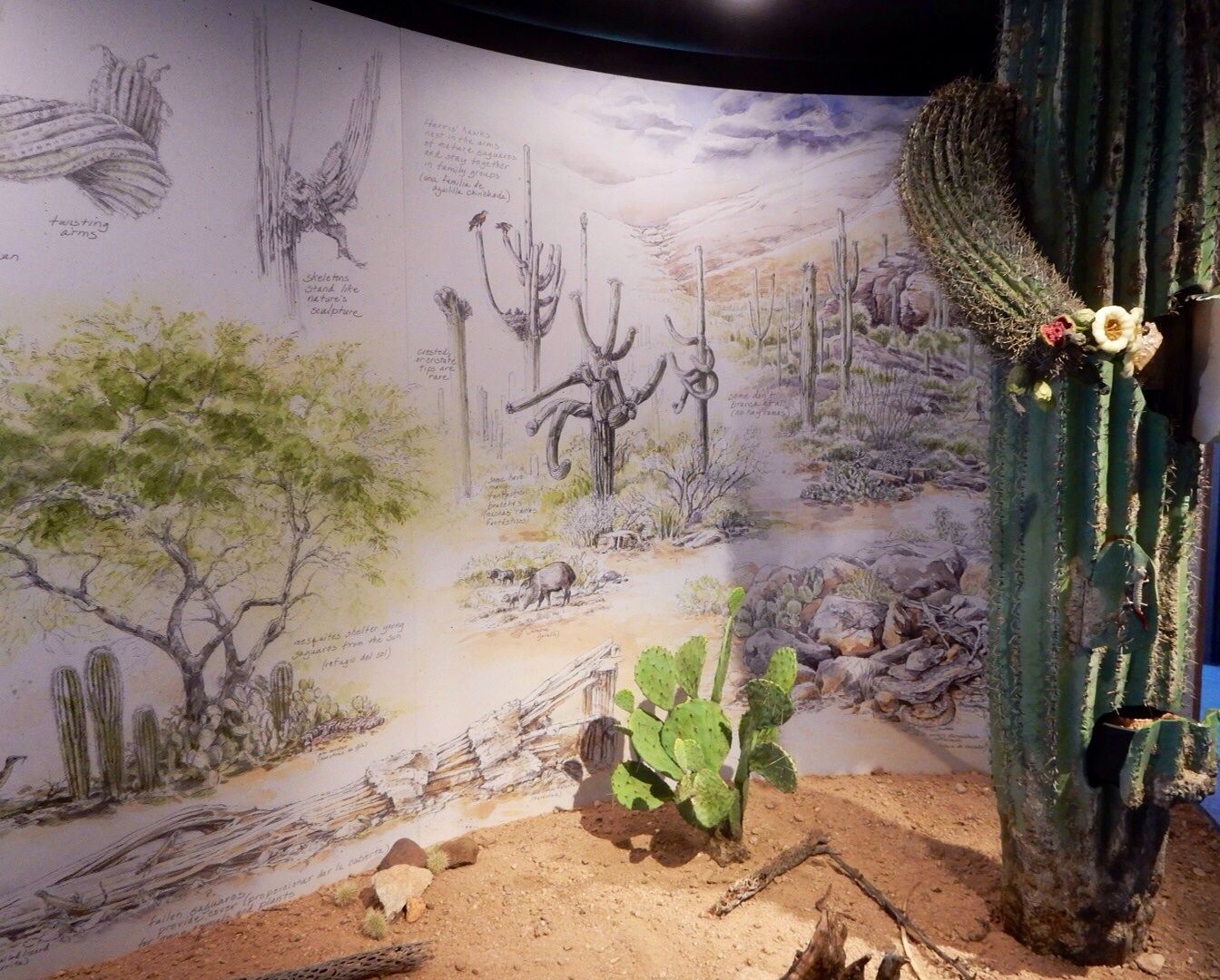
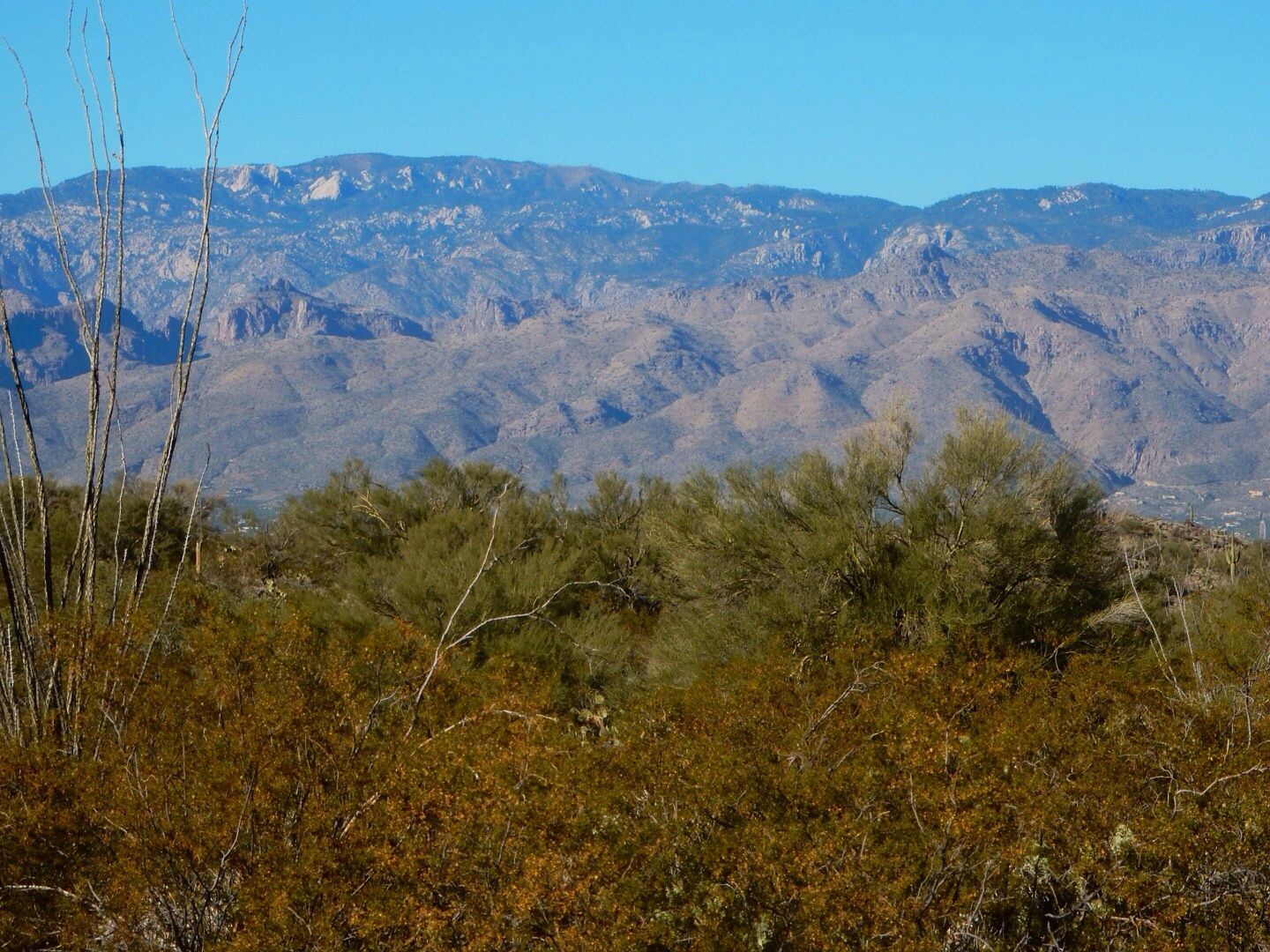
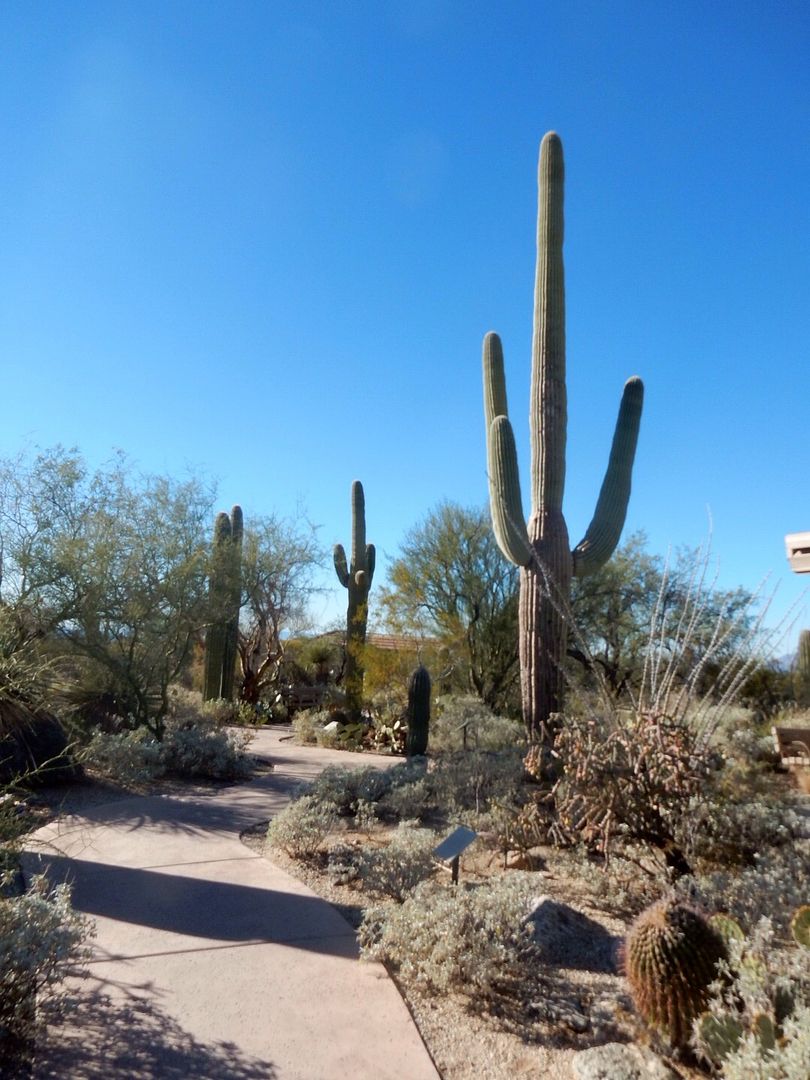
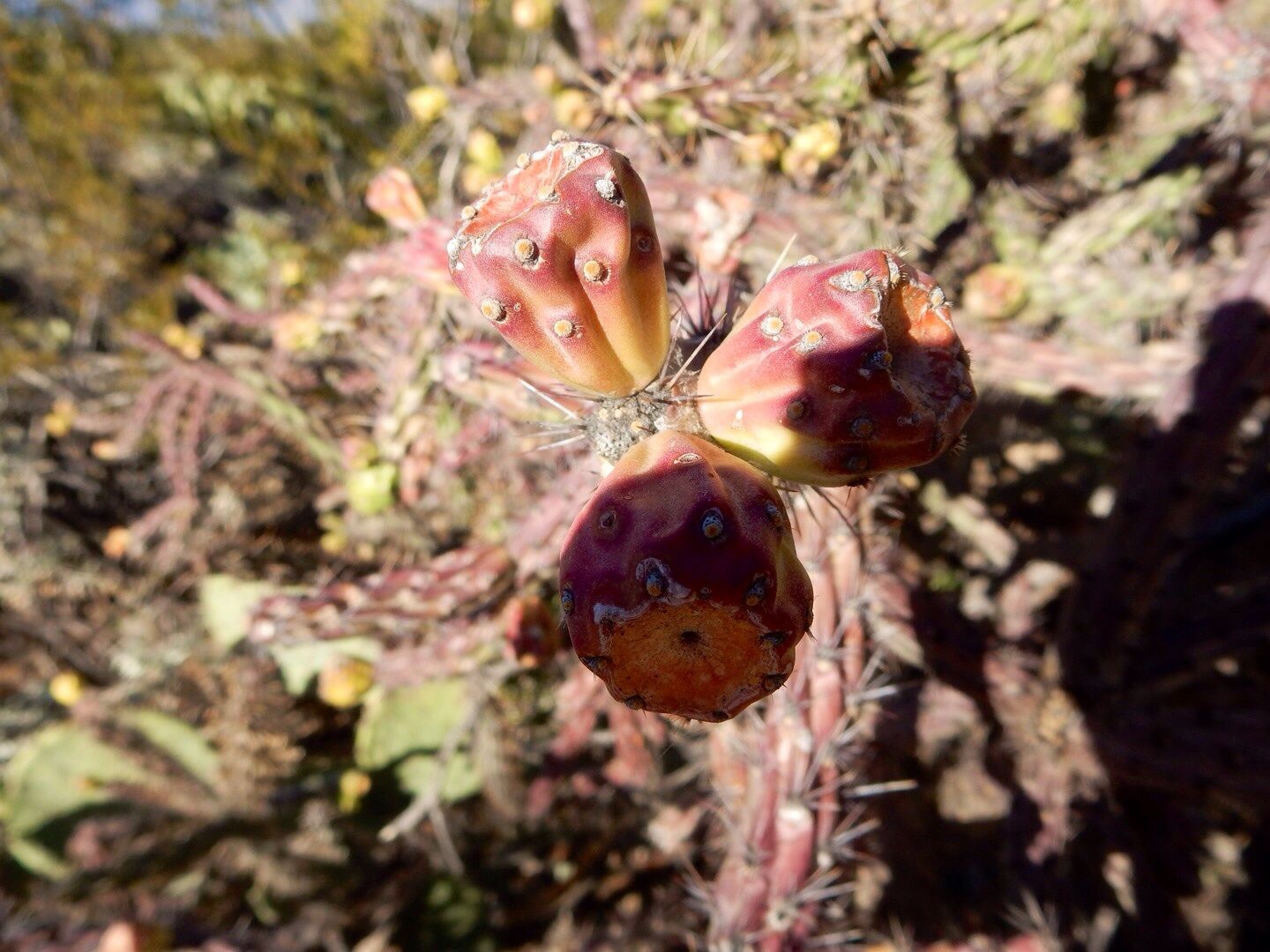
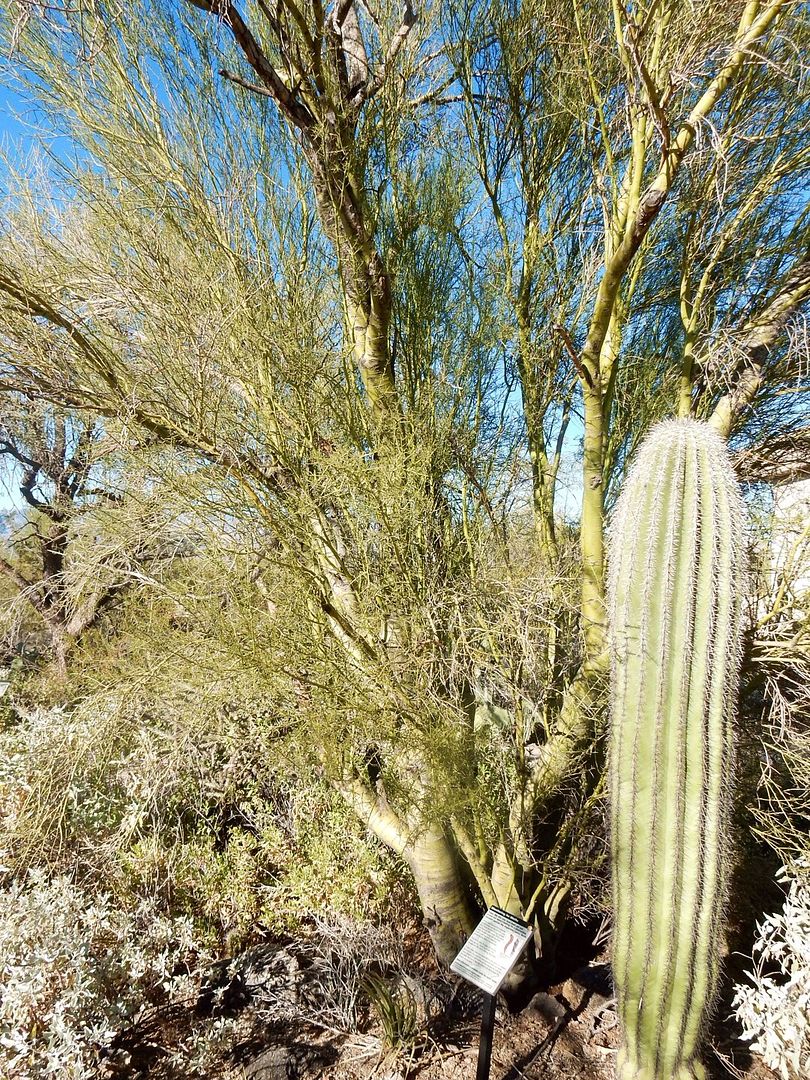
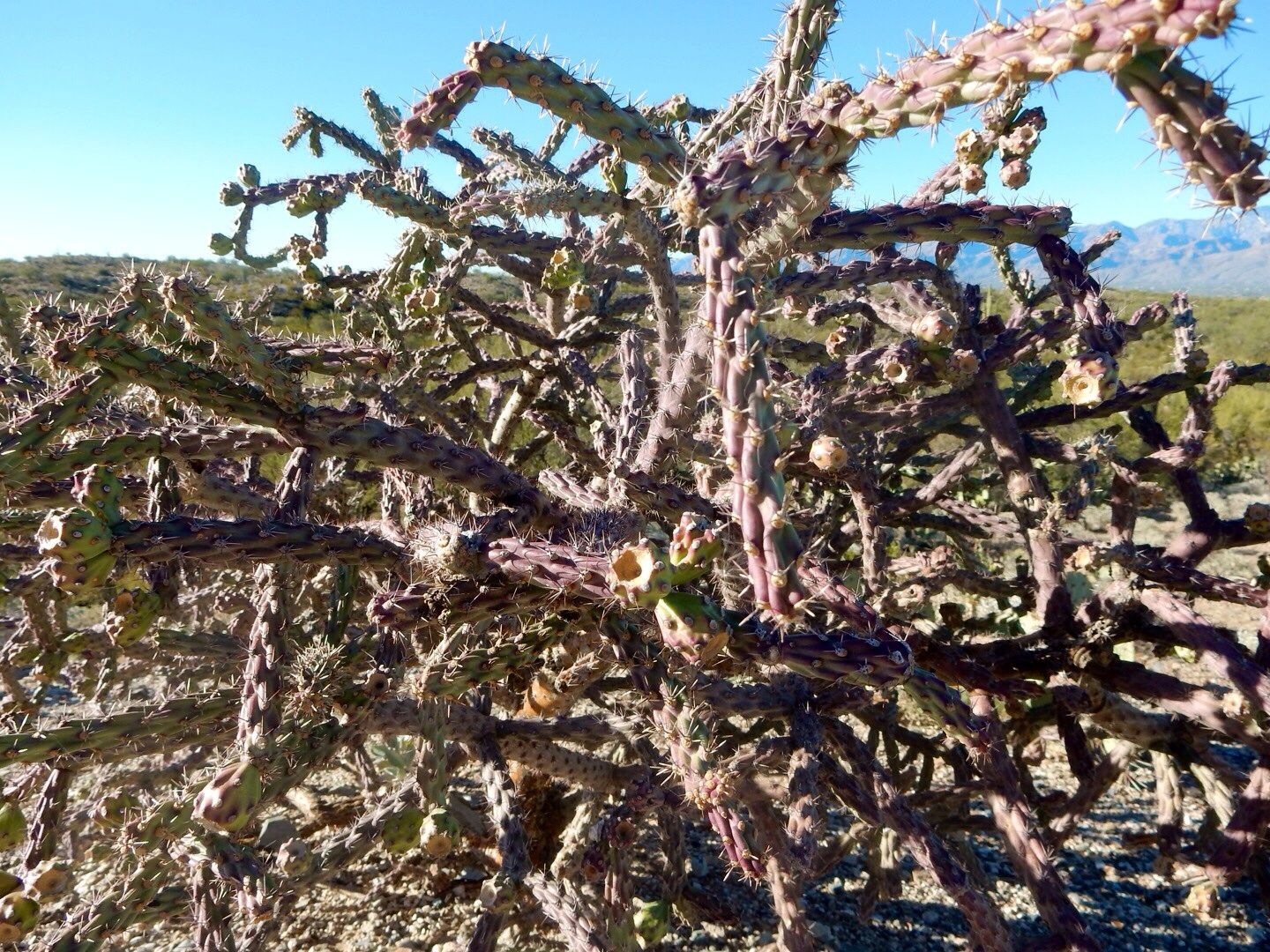



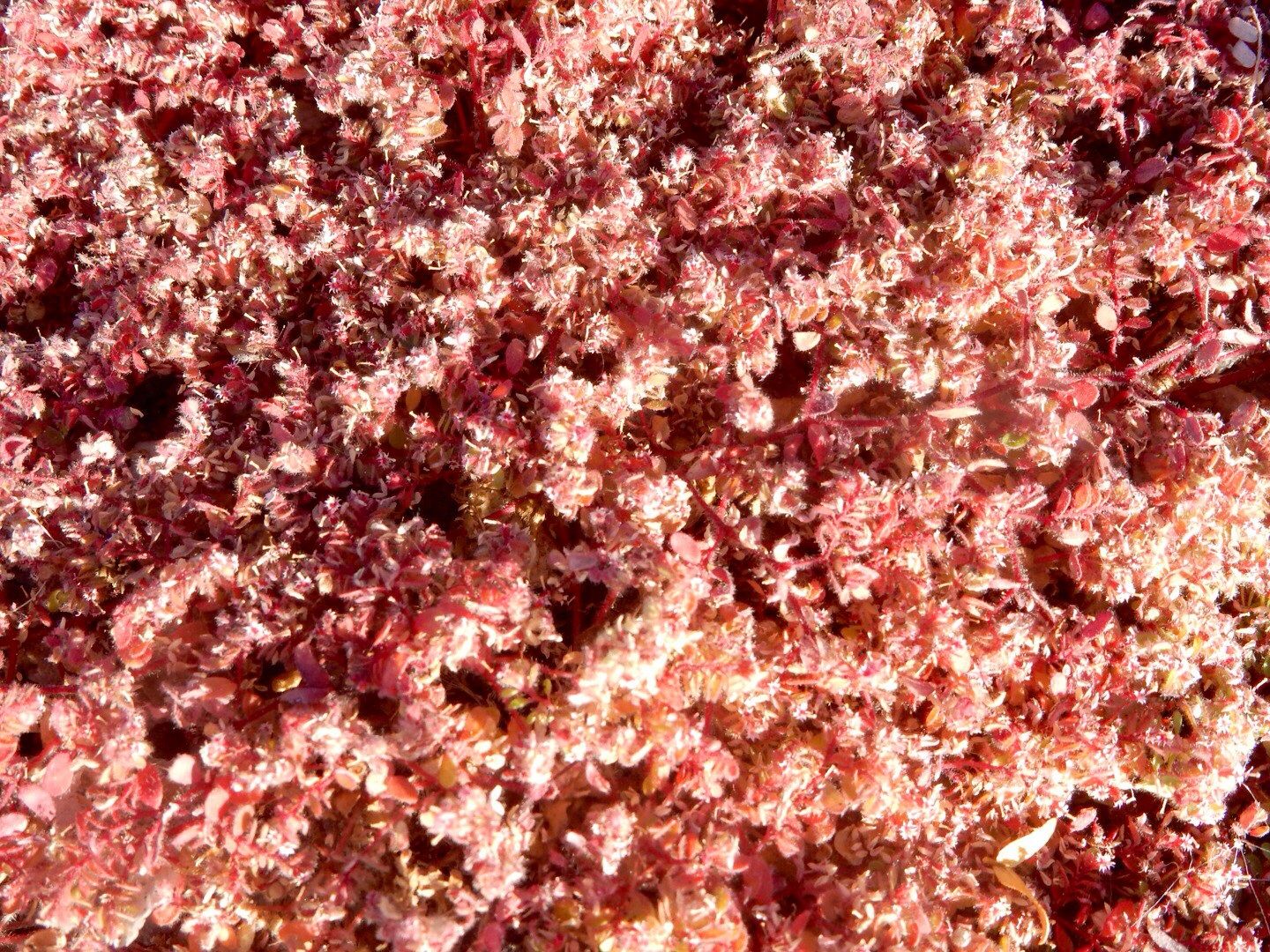
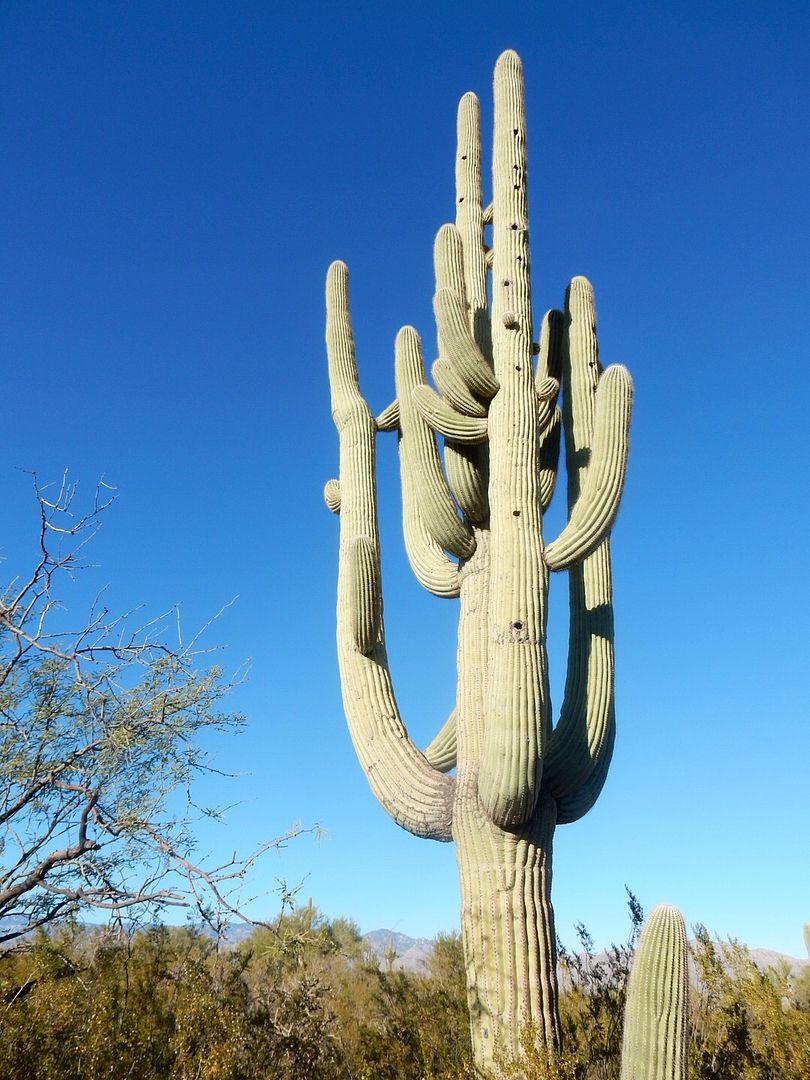

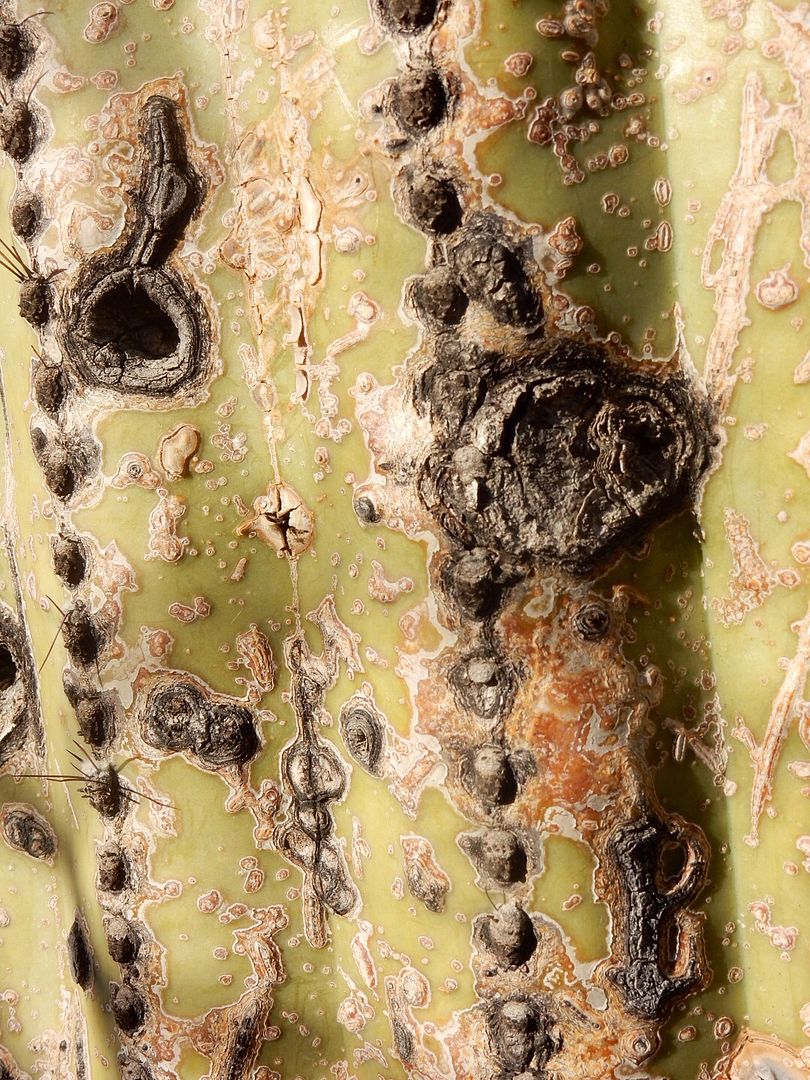
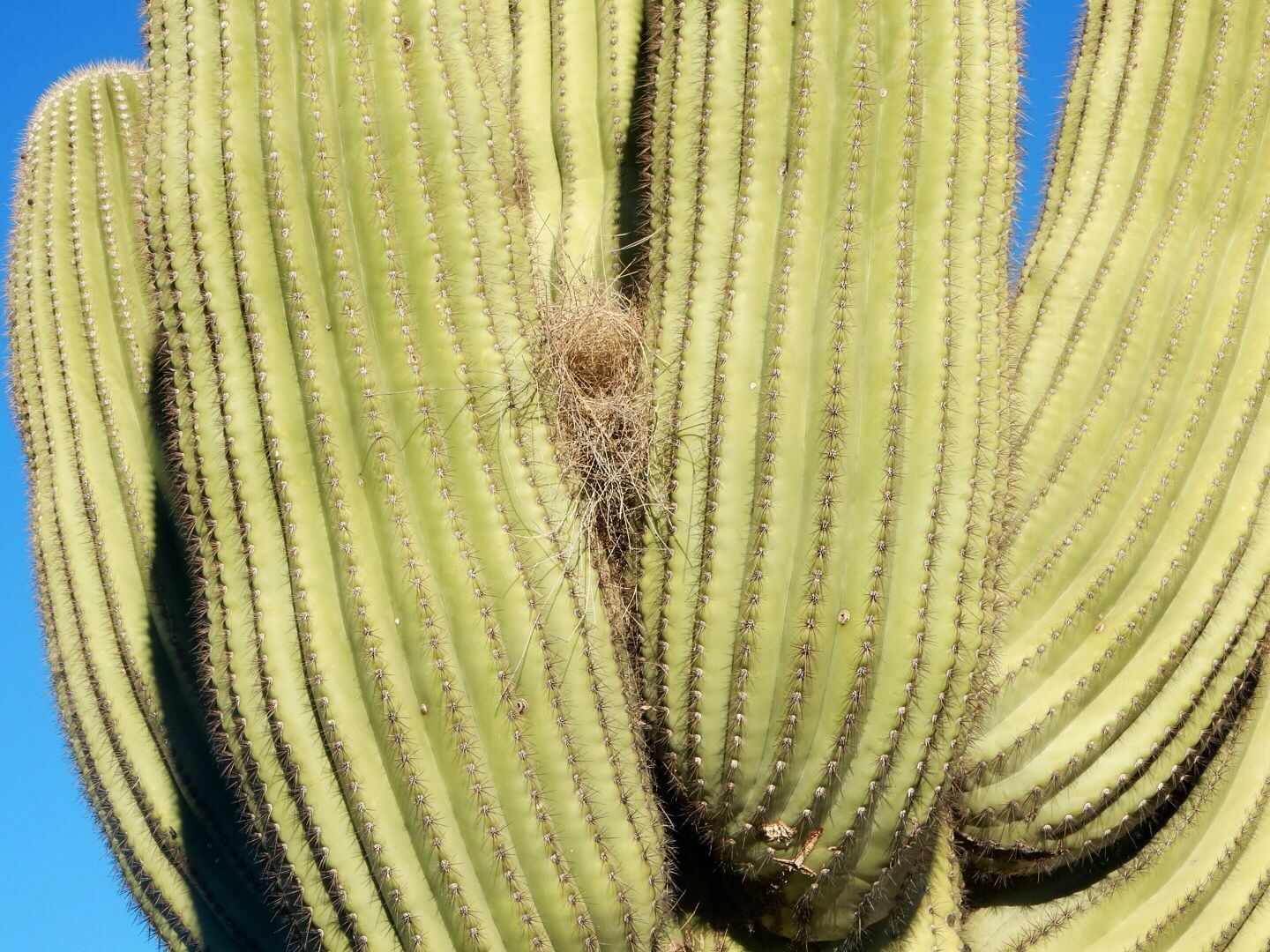

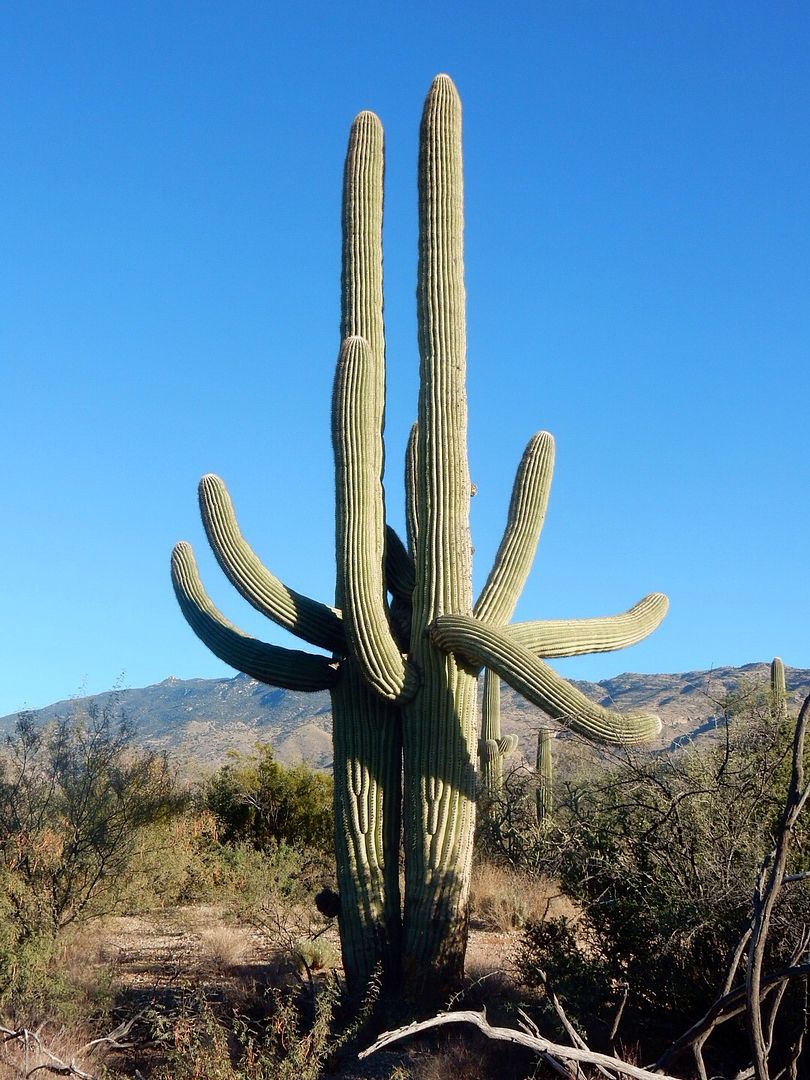


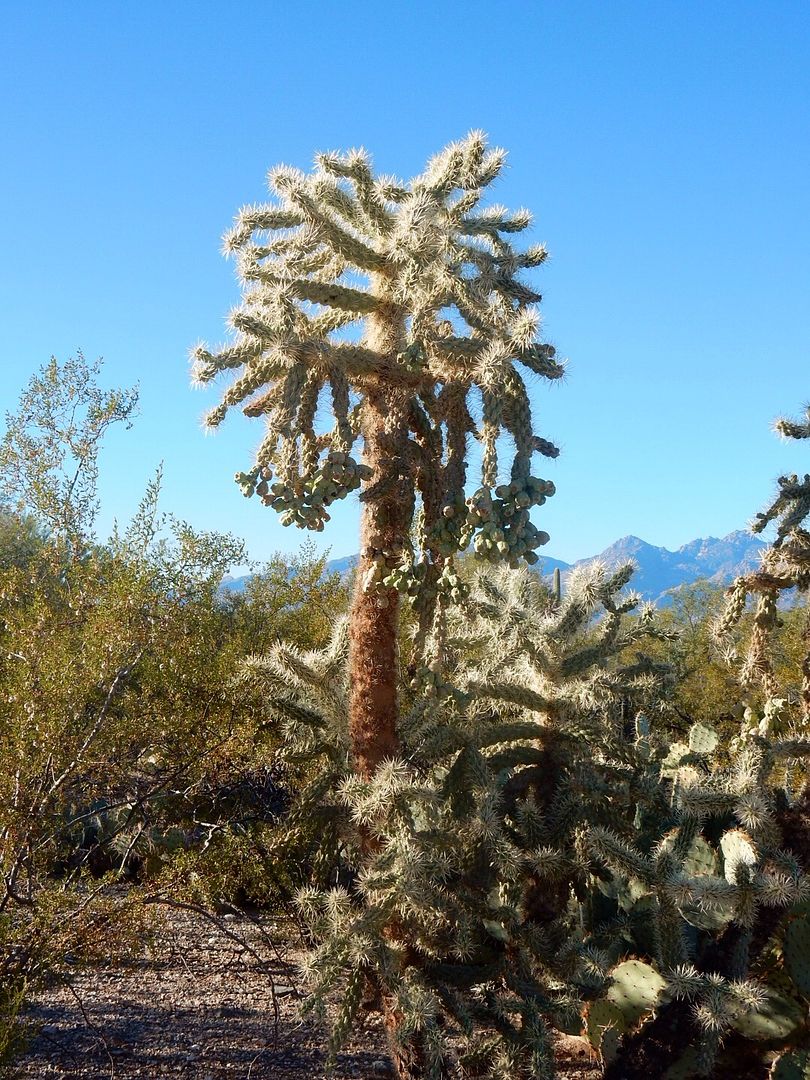
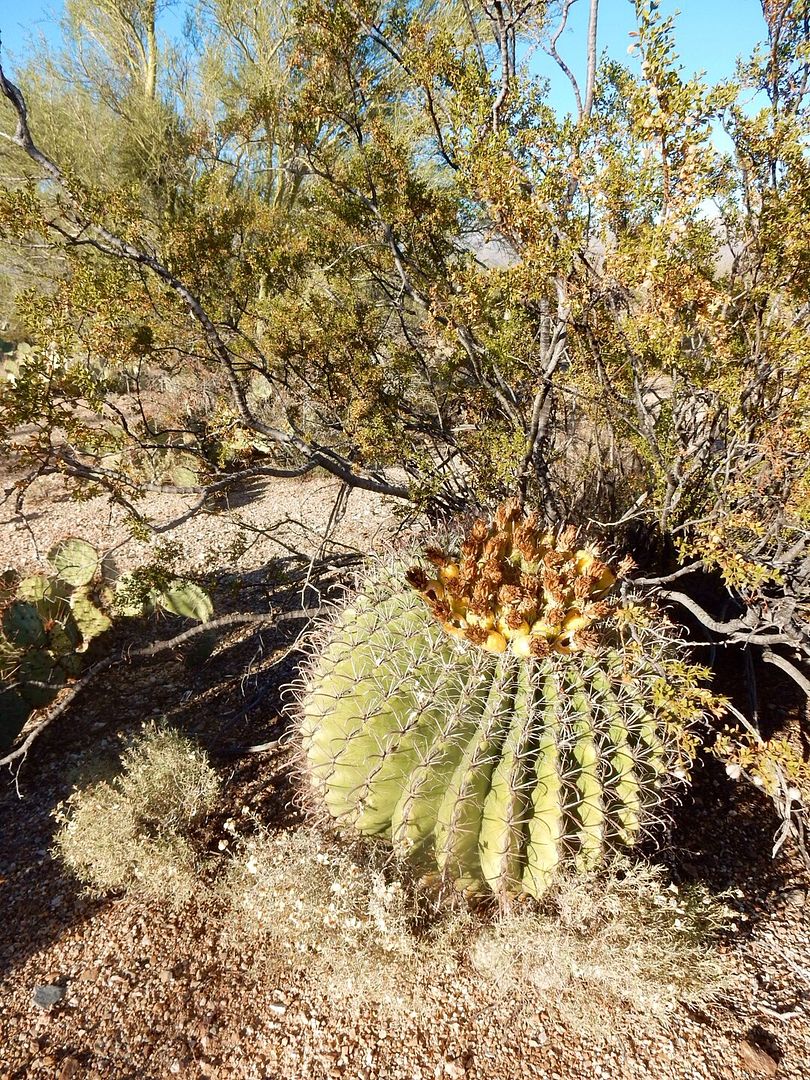


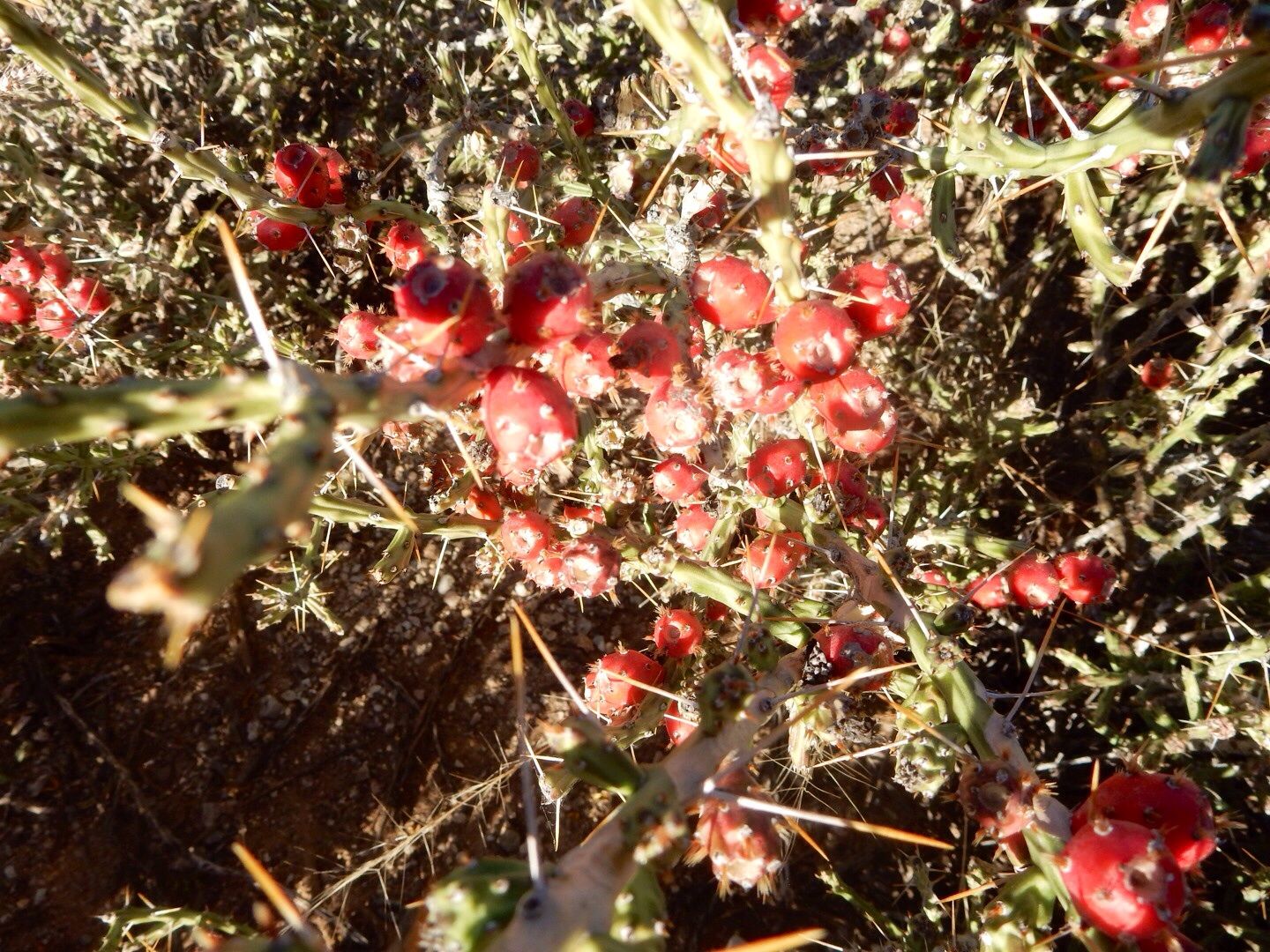
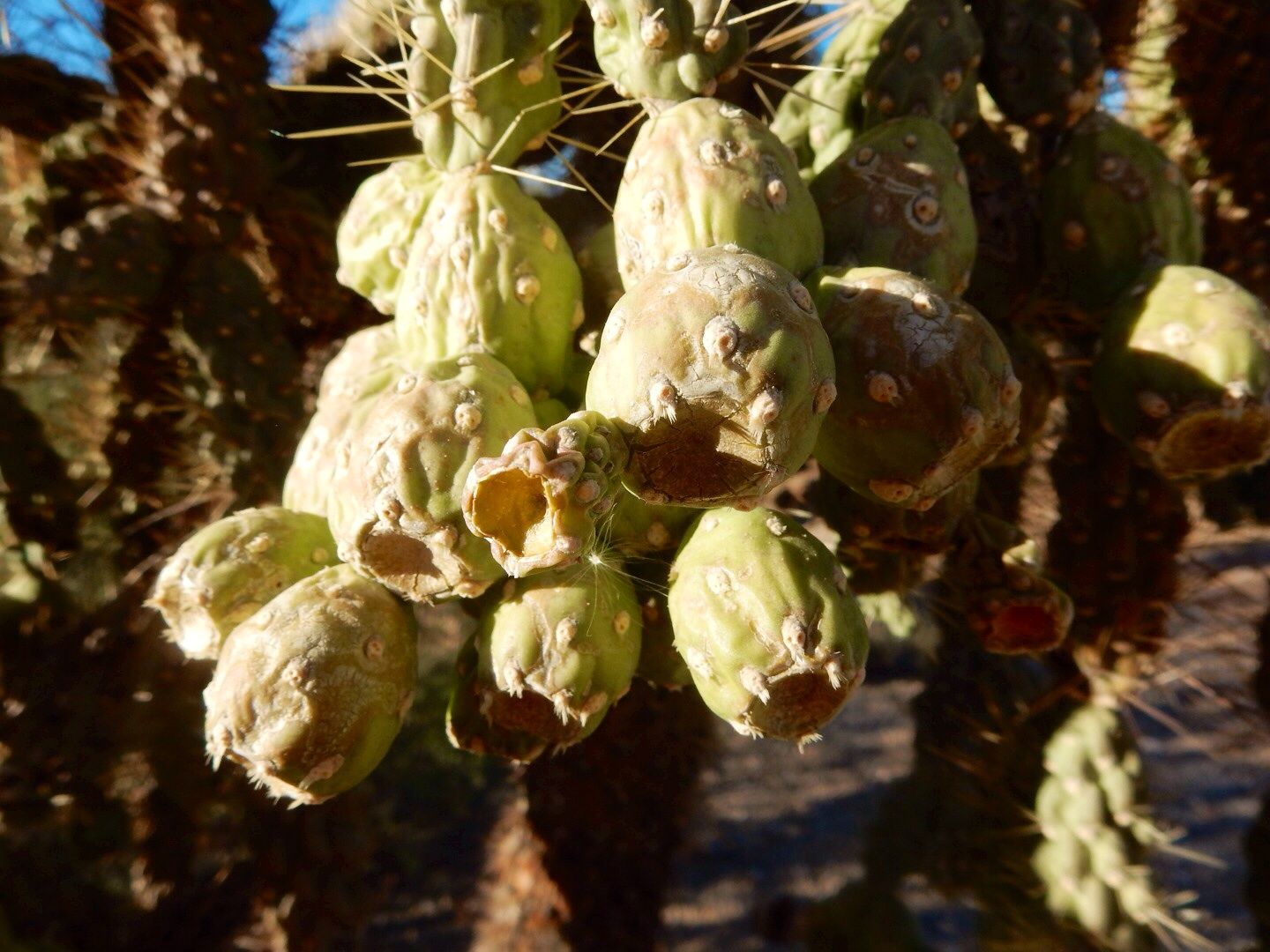

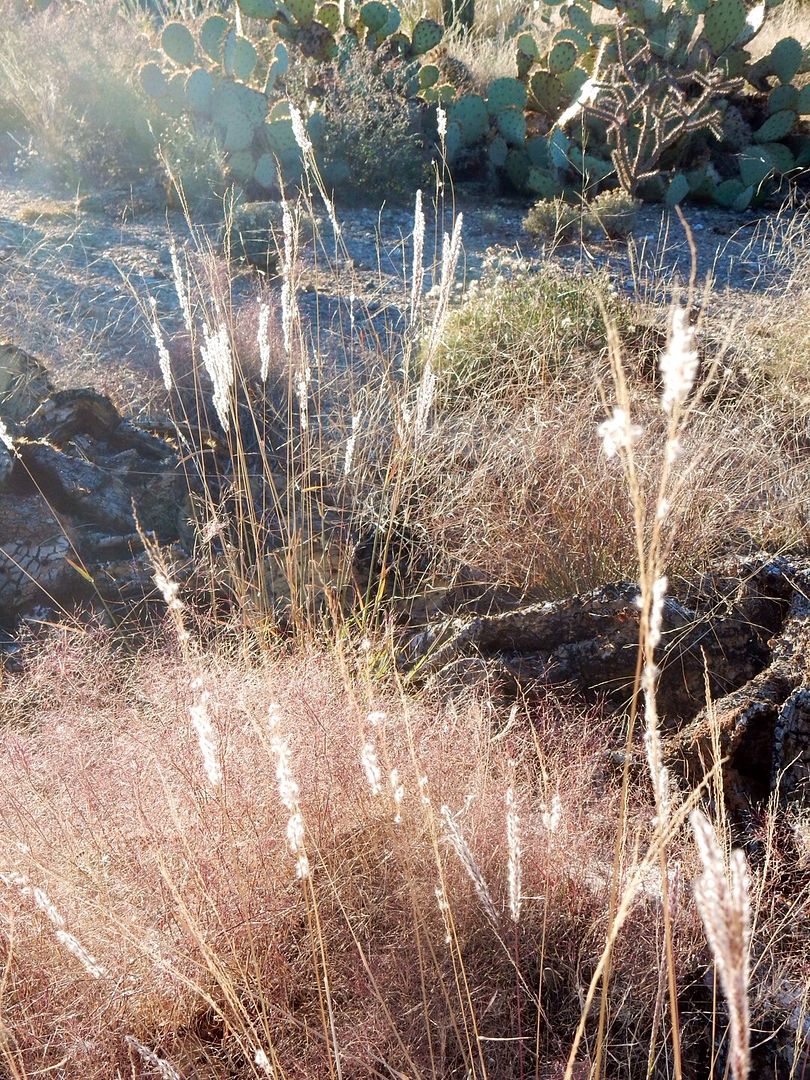




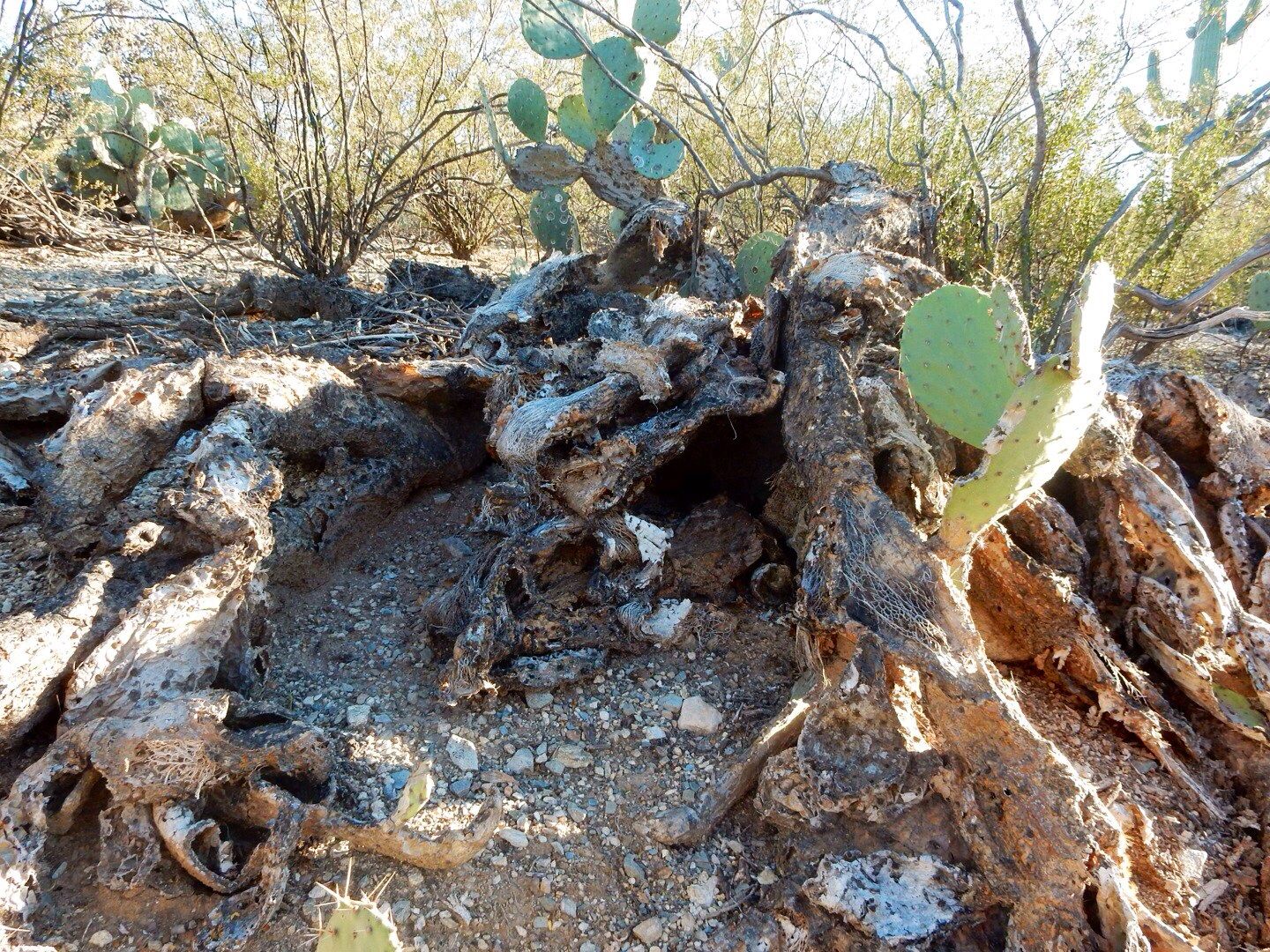

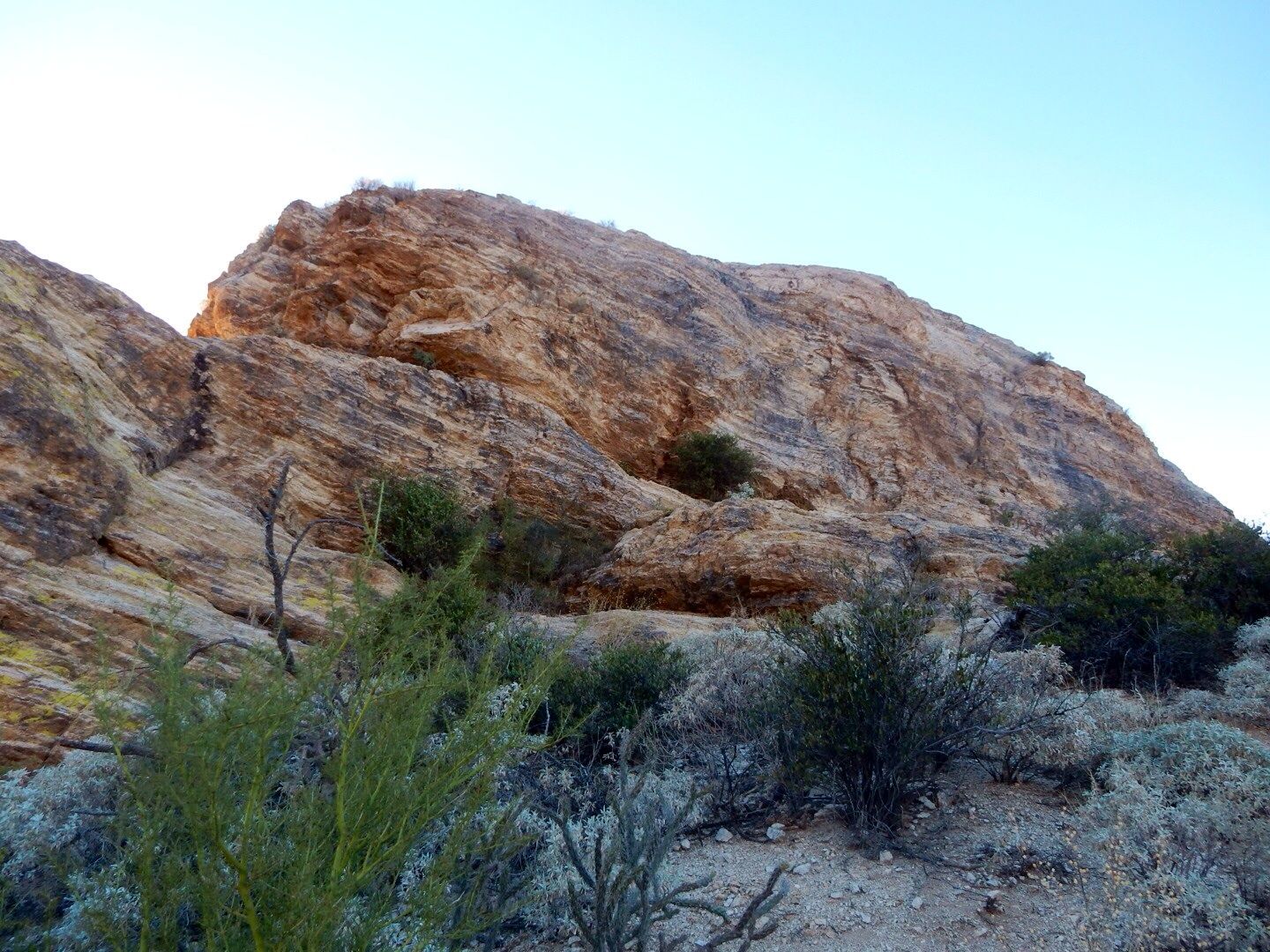

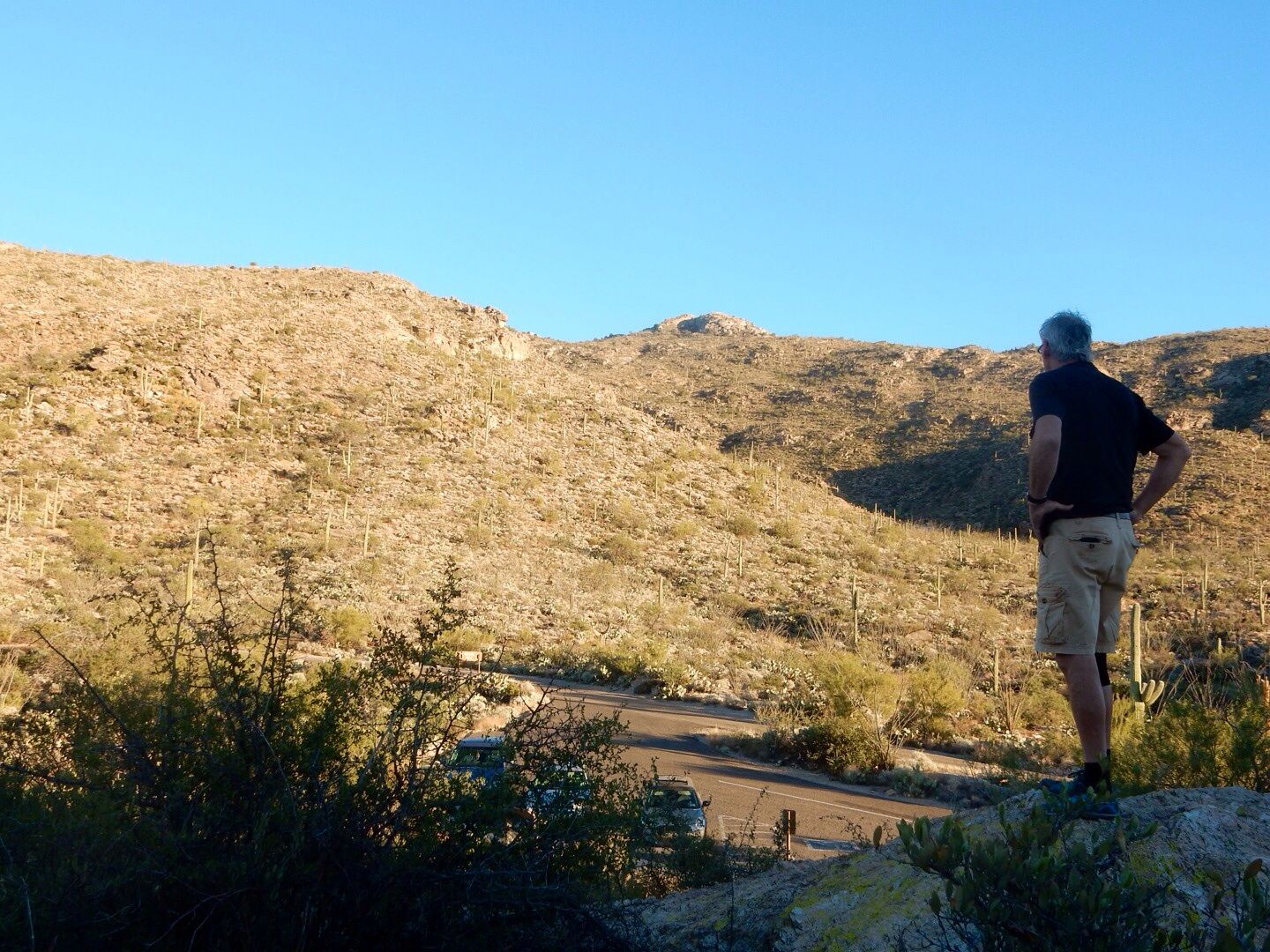
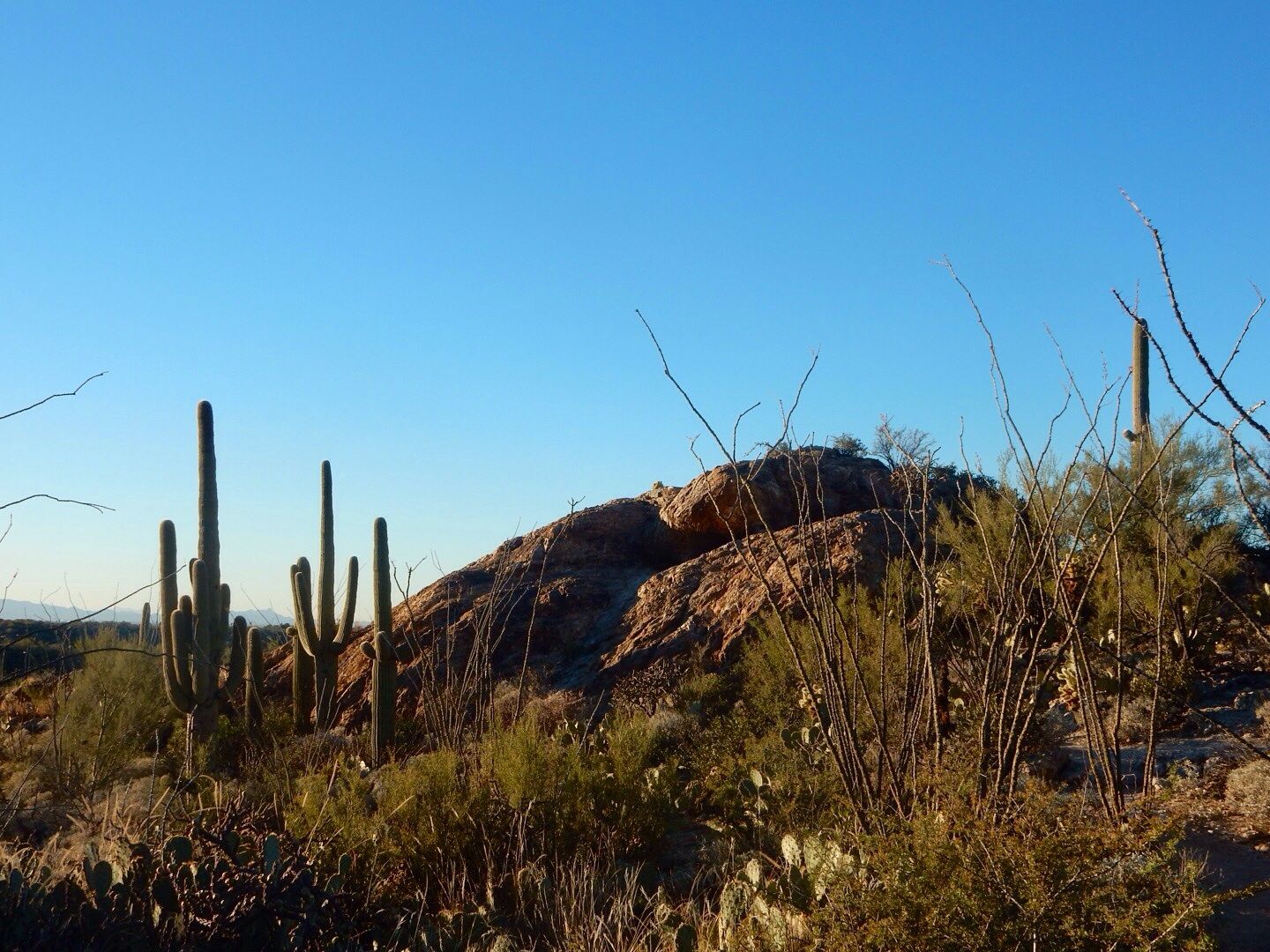


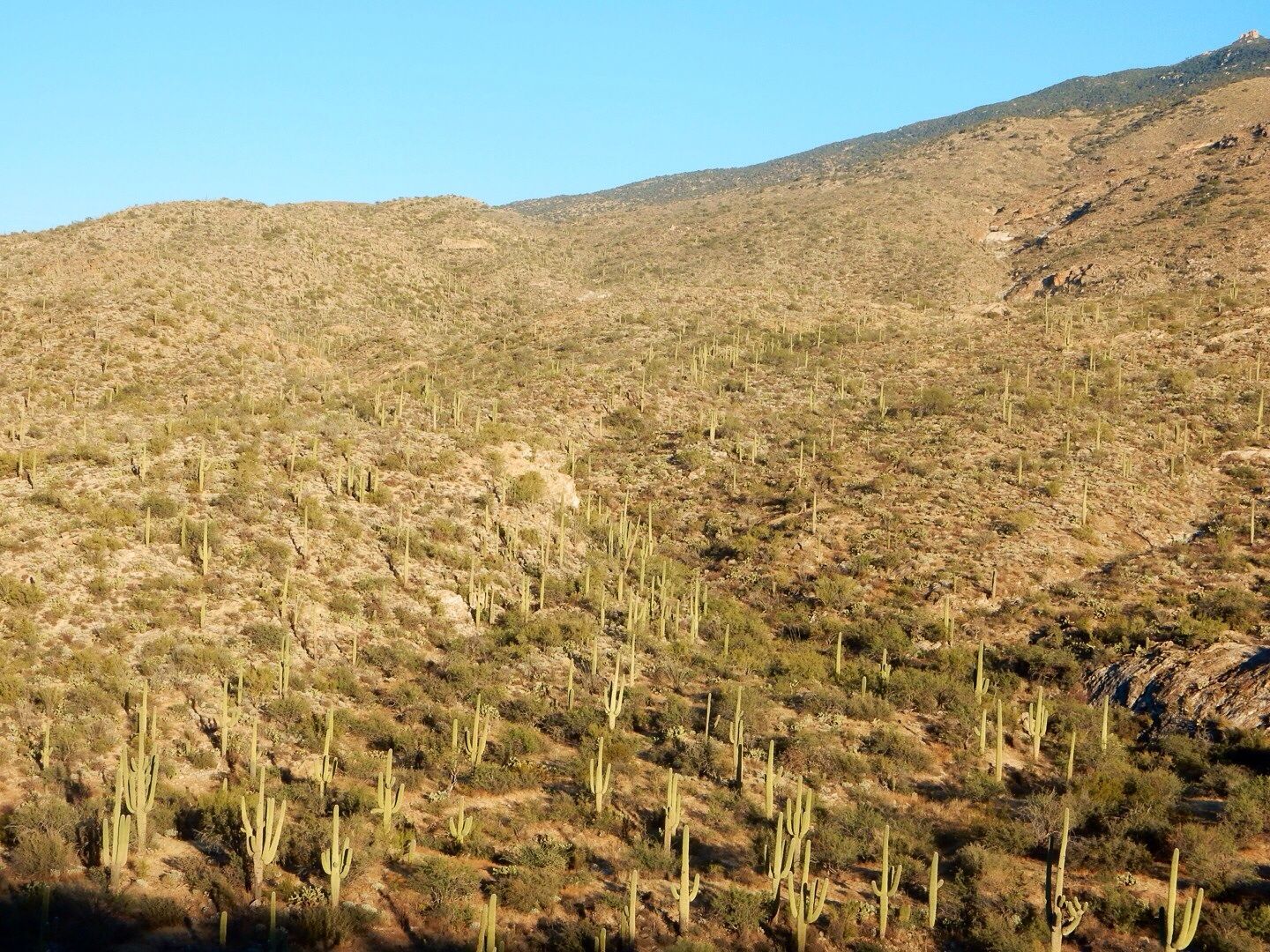

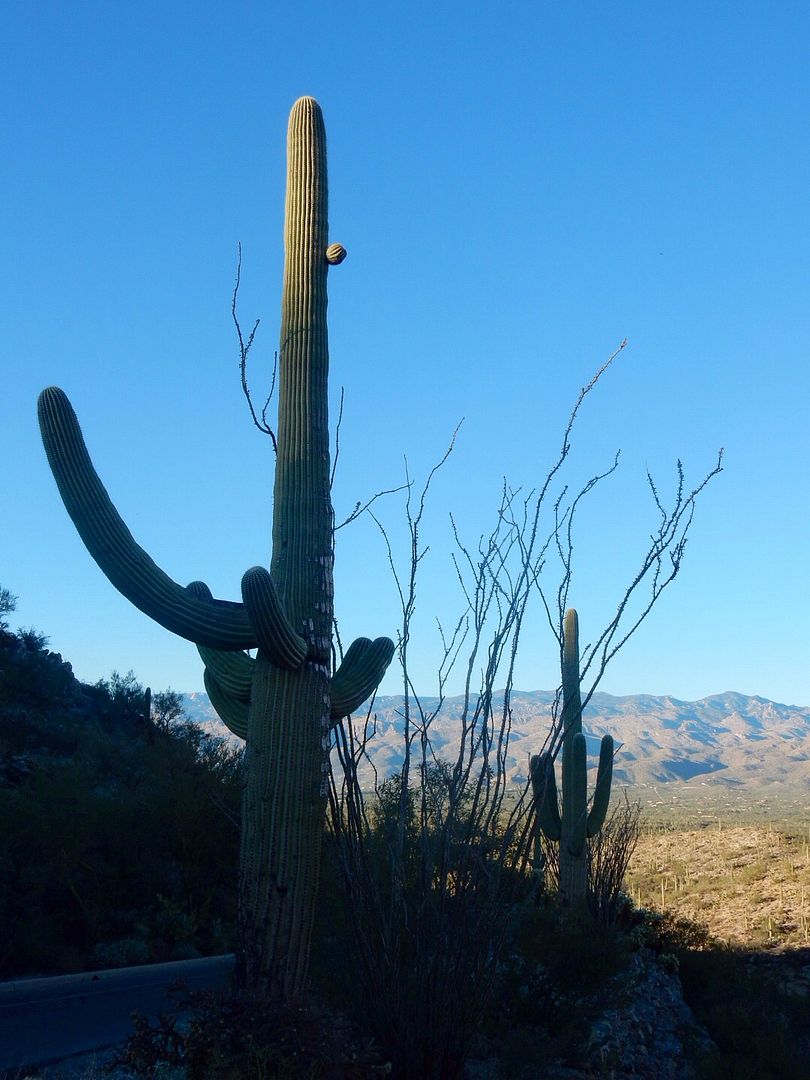
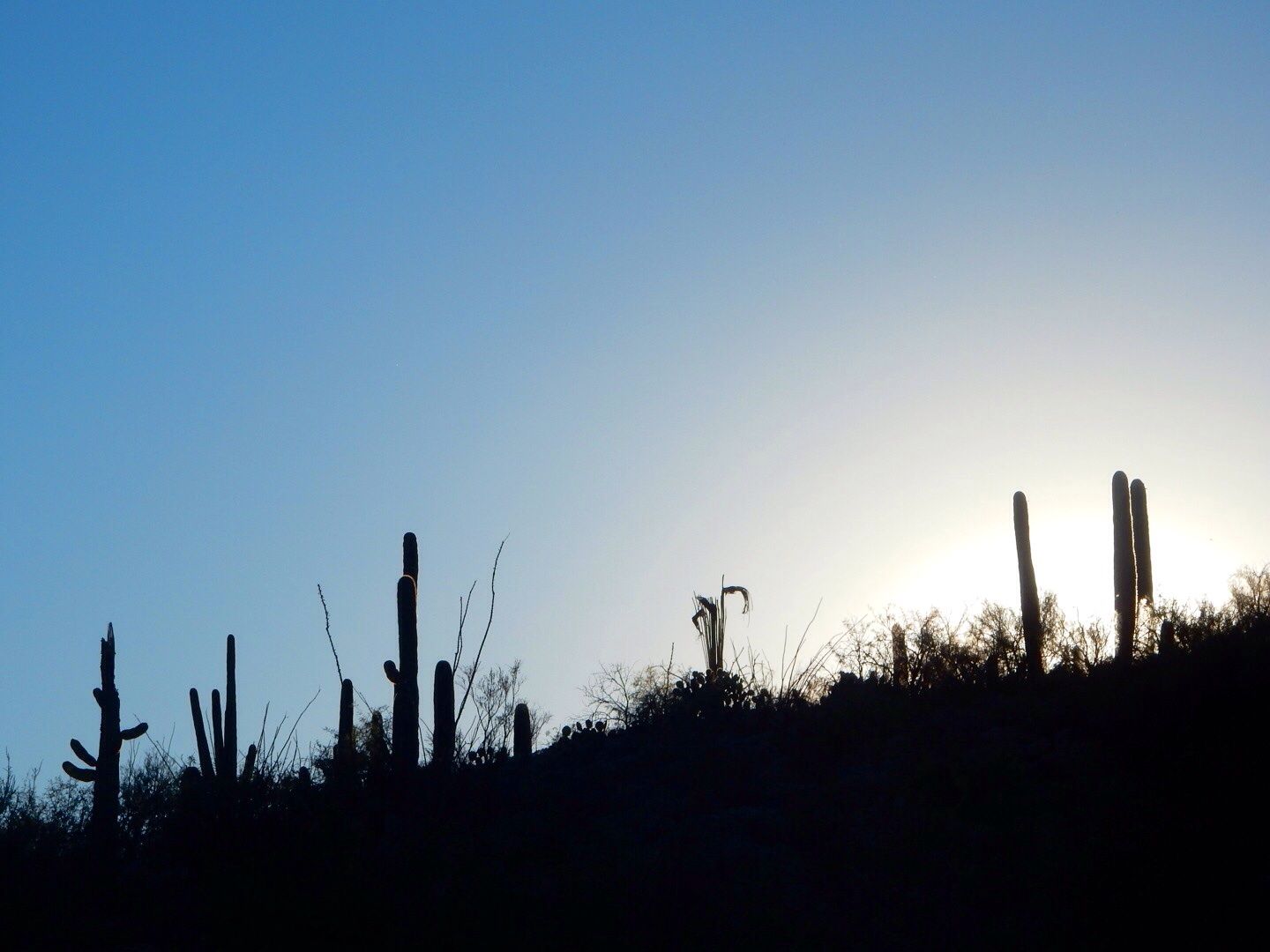
No comments:
Post a Comment